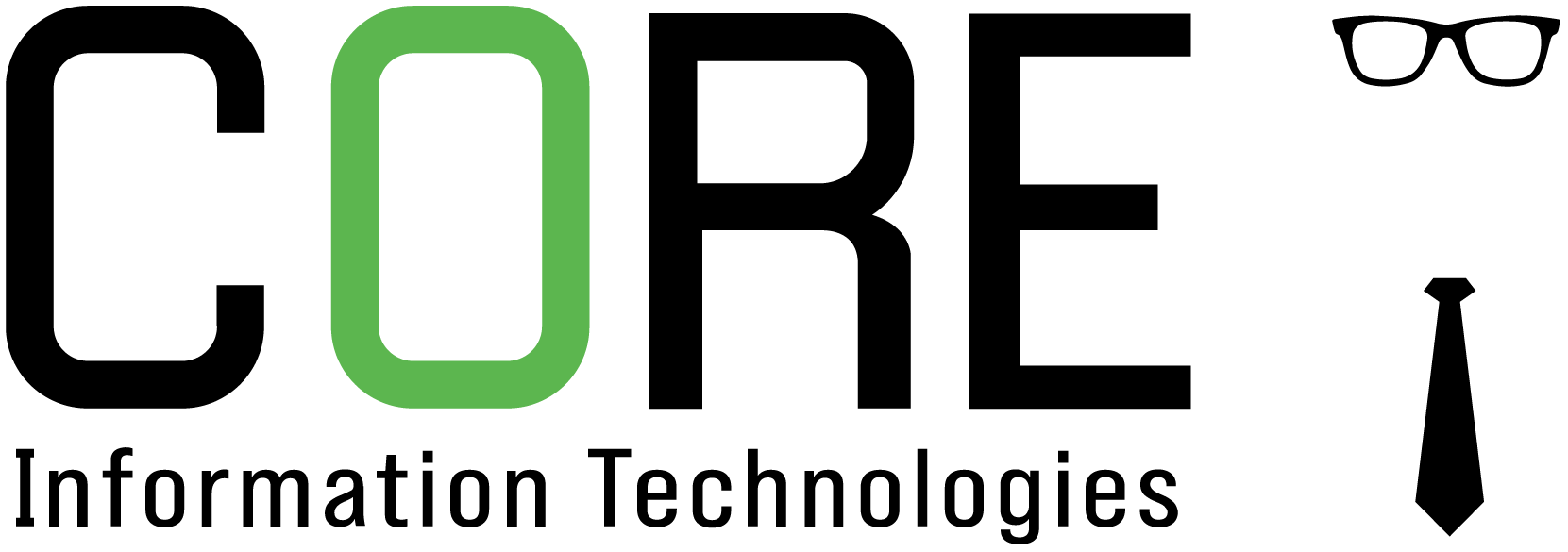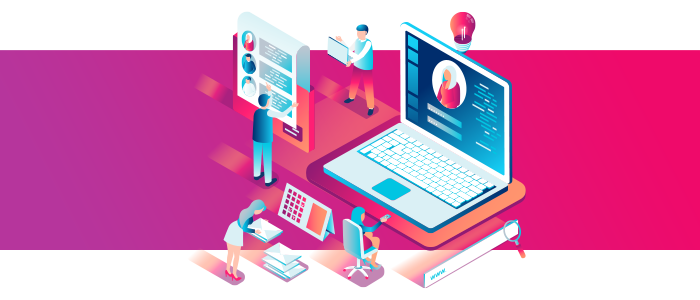
WFH is here to stay. Are you ready?
The year 2020 was nothing like what we had seen before. At a certain point in time, it felt like the world would come to a standstill. With lockdowns and travel restrictions imposed across the world, businesses were pushed into a ‘new normal’. One of the things that was a part of the ‘new normal’, was working from home. This WFH set up brought along with it multiple challenges, especially to those organizations which weren’t into this model already. Accessing critical work information, carrying out meetings on Zoom, attending conferences remotely and even setting up trade show booths online, were all new concepts. While the pandemic may be temporary, one thing is certain–the remote work culture is not.
WFH existed even before the Coronavirus pandemic. There were a sizable number of companies–primarily in the IT industry that routinely hired remote workforce. Freelancers operated remotely too for the most part. However, the pandemic forced every company that can operate remotely to adopt the WFH model. While the initial switch was cumbersome, challenging and even frustrating, the benefits offered by the WFH model can’t be discounted.
Here’s how it benefited employees:
- Helped save time and money that would otherwise be spent on commuting from home to work
- Offered greater flexibility, as working from home let employees choose their working hours, at least in some cases
- They needed fewer days off as things like staying home and caring for a sick child/spouse or an elderly parent didn’t mean having to take a day off work anymore
- With lesser workplace oriented distractions, they were able to accomplish more in lesser time, which means they had more personal time and a better work-life balance
From the organizational perspective, work from home:
- Meant more productive, focused, energetic employees with workplace distractions and long commutes eliminated
- Resulted in lesser absenteeism as employees had flexible work schedules and could be home when their presence was needed, without having to take a day off
- Helped them save on costs related to maintenance, utilities and employee recreation that they would be otherwise incurring
- Can help companies save on huge rental expenses by trading larger office spaces for smaller/shared workspaces and conference rooms
So, there’s no doubt that the trend of WFH will continue well beyond this pandemic and become a norm in daily lives. It seems to be creating a win-win situation for both, the employees and the organizations they work for. However, for WFH to function smoothly, you need to have a solid IT infrastructure ensures the transition from the traditional office setup to the WFH model is smooth and the integration between the various elements involved in the new WFH environment is seamless.
Are you ready to switch to the WFH mode? It’s time to get in touch with a managed IT service provider who can help you make this move.




